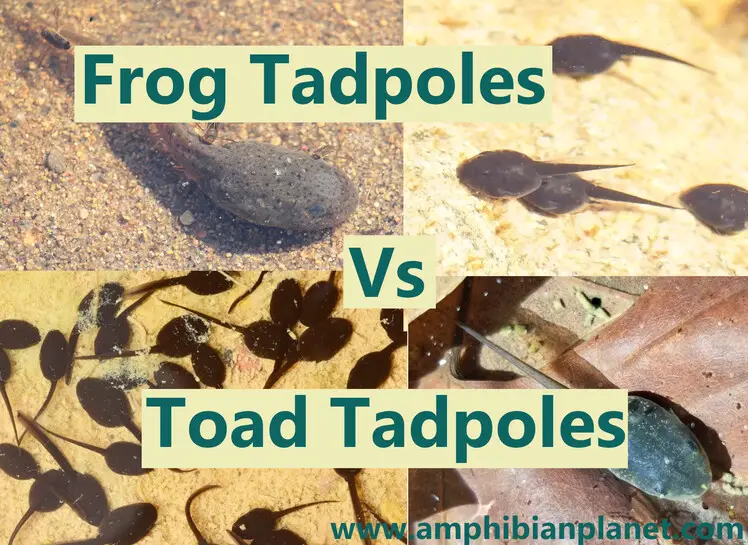Everything You Need To Know About Spring Peeper Eggs
Spring peepers (Pseudacris crucifer) are small, slender tree frogs found throughout much of the eastern part of North America. Like most frogs, spring peepers reproduce by laying eggs. These eggs are laid in shallow, fish-free freshwater bodies and attached to submerged vegetation near the water’s surface. Unlike most frogs which lay their eggs in masses, … Read more






